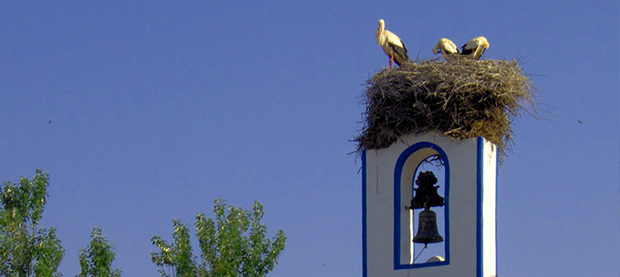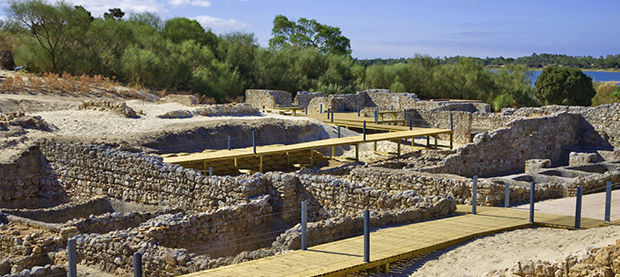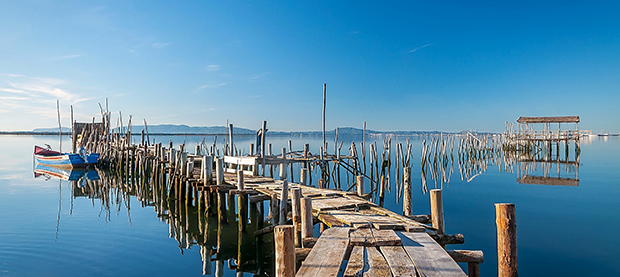Comporta
- A Hidden Paradise -BETWEEN SKY AND TIDES
The Nature and Forest Conservation Institute and Tróia-Natura present a documentary that reveals the life of the birds in the various habitats of the Sado Estuary Nature Reserve and the way it is conditioned by the great driving force of this ecosystem - the tides .
HERDADE DA COMPORTA
Discover Comporta, a place of sensations, smells and tastes where the sea breeze coexists with the green of the forest. Who discovers it, falls in love. A passion that makes us want to always come back. And that, with each return, gives us with a landscape in its pure state. A place from where you never completely part.
AMAZING COMPORTA IN 4k
Drone Footage of Comporta in 4K HD Video
Little bit about Comporta
Comporta is a freguesia (“civil parish”) and village in the municipality of Alcácer, in the old district of Setúbal, in continental Portugal, located at the base of Tróia Peninsula, along the Sado estuary. The population in 2011 was 1,268, in an area of 150.54 km².
The history of this area stems from early settlement by black slaves. Its toponymy assumed to be a condescending term to refer to their well mannered natures.[3][4] During the time of the Companhia das Lezírias, Comporta was a small agglomeration of 65 impoverished cabanas around a principal estate.[4]
Until 1989, Comporta was a part of the parish of Santa Maria do Castelo.
Located along the peninsula of Tróia on the southern margin of the Sado River, the region is characterized by the number or rice fields under cultivation. In addition, its vicinity within the Sado estuary makes the region a focus of many species of terrestrial and marine birds, including the grey herons, storks and flamingos.
In addition to the popular bolinhos de arroz (rice balls), the traditional culinary plate in Comporta is beans with rice and linguiça, in addition to the popular bacon and chouriço and coriander cooked in an earthen pot over woodfire, or the arroz de bacalhau (rice cod),[6] ensopado de enguias (eel soup/stew) and massa de peixe (fish pasta).[3]
Relaxation
Weather
Beaches
Fishing
Restaurants and Food
Outdoor Activities
Nightlife

Home of Rice Fields
You can also have a cultural trip while in Comporta. The Home of Rice Fields makes you go back in time until 1952, to understand the history of the cereal.
You also have guided tours in the museum and end the day with a wonderful dinner.

Unique Fauna
Biodiversity is a differentiating factor of Comporta, having been inventoried to date more than 600 species in its area, of which:
233 of flora,152 birds, 12 of mammals, 11 of reptiles, 4 of amphibians and 207 of organisms living in the inter-tidal zone.

Ancient Roman Ruins
Whether for its singularity or its monumentality, when arriving at Troy, do not forget to visit the Roman ruins.
Start by getting carried away by the natural beauty of the site, inserted in the Natura 2000 Network, in a dune landscape that begins next to a lagoon and extends along the edge of the estuary of Sado.que occupied.
There are six centuries of history, I and the century. VI AD, in a space blessed by nature. Troy, the “Pompeian of Setubal,” as referred to by Hans Christian Andersen, was thought to be the scale of the Empire and is the largest center of salting fish production in the Roman world.

Porto Palafítico
Near the small fishing village of Carrasqueira the popular ingenuity takes shape and with some creativity unveils a curious solution to solve the problem of access to boats during the low tide – the palafitic port.
The low and muddy banks of the Sado make it impossible to access boats when the water does not reach the shore. As a response, the community in need, built a wooden pier, whose multiple arms penetrate zigzag through the marsh, forming on one side a large mooring area of boats and on the other, a walkway through which can easily circulate nets, paraphernalia and fish.
For more than two centuries this traditional port has served as an anchorage for local vessels.


